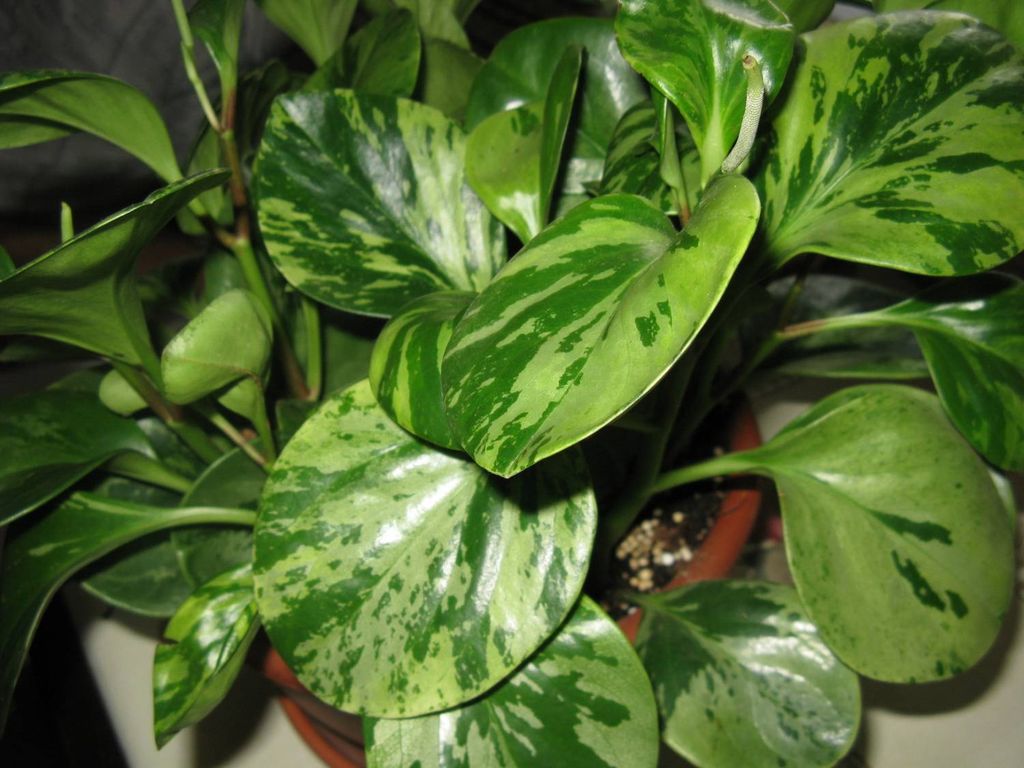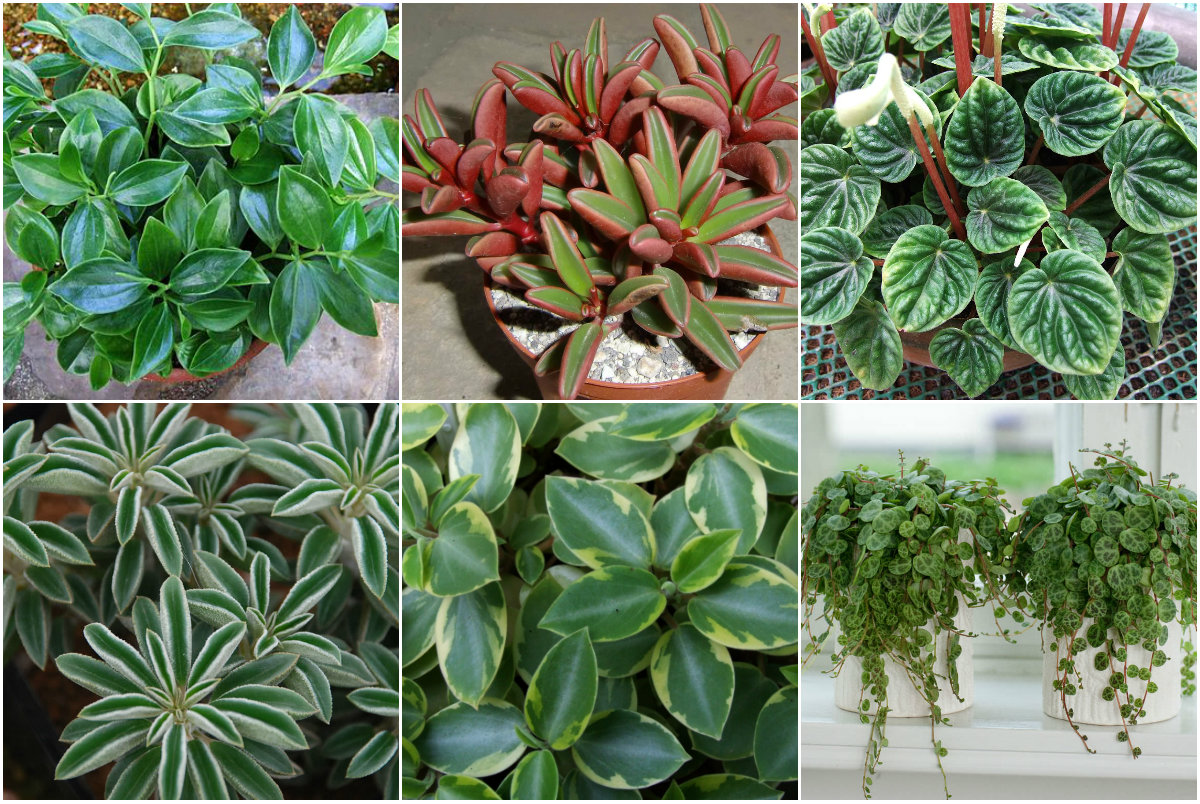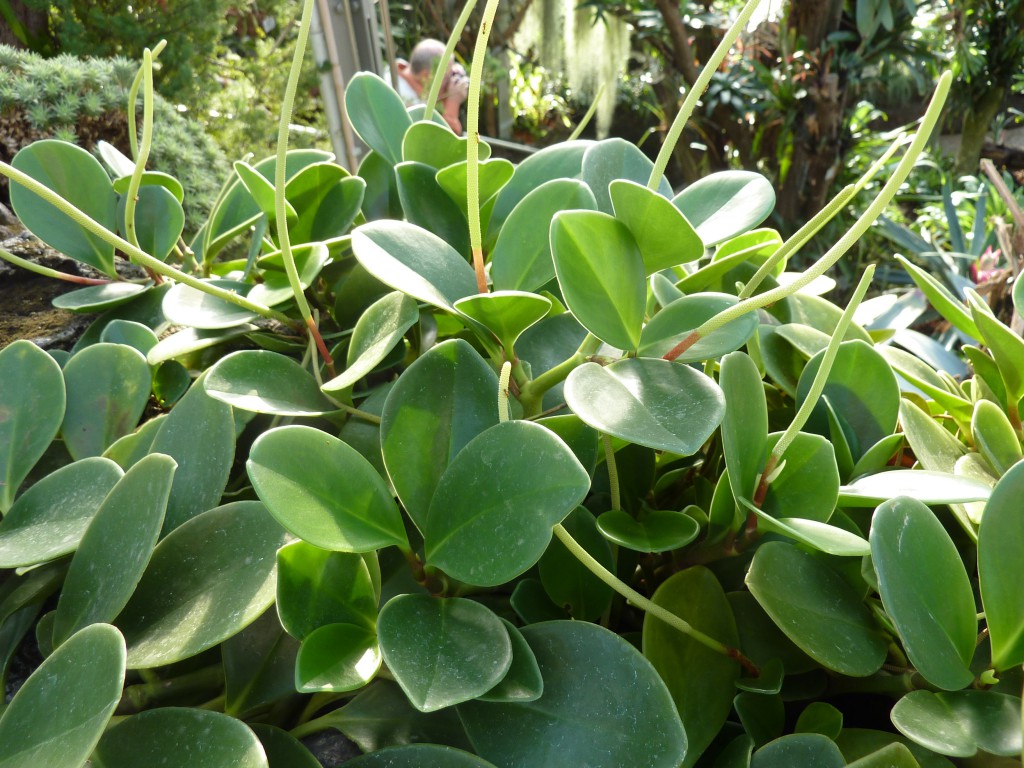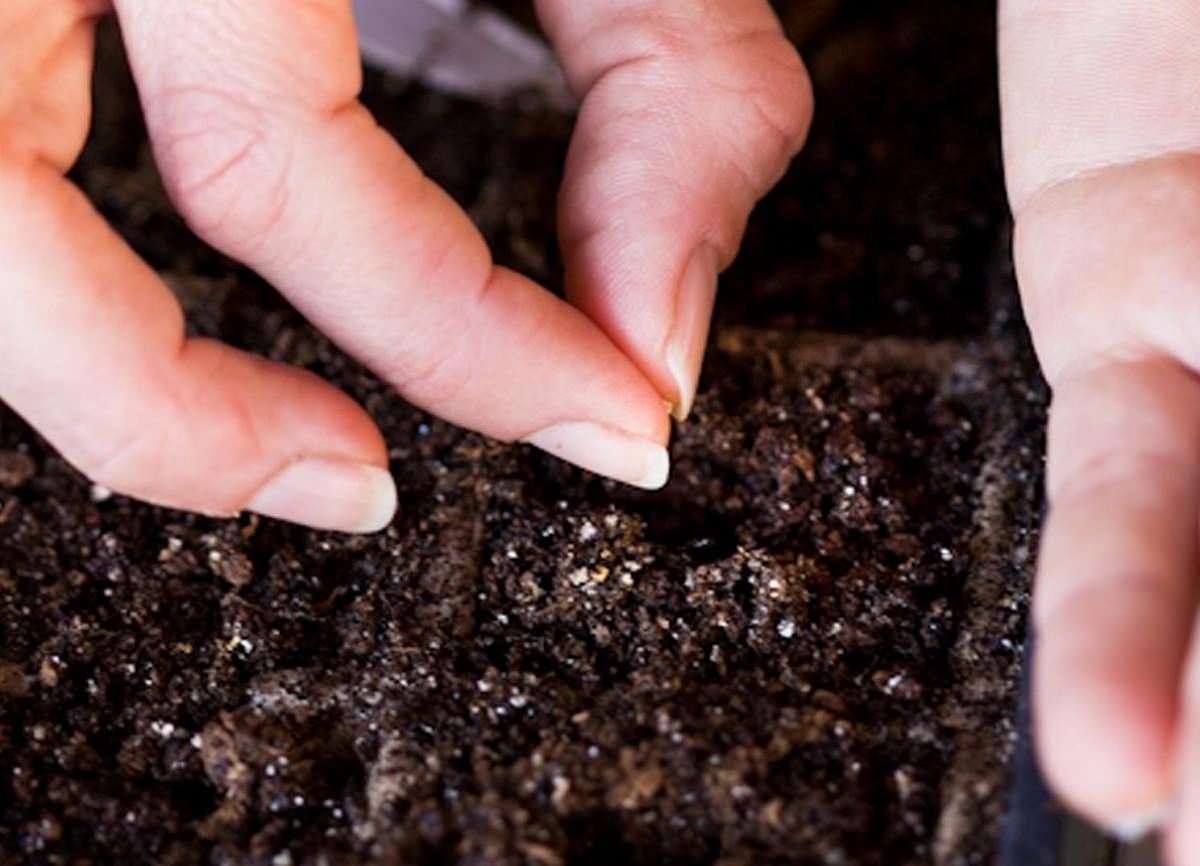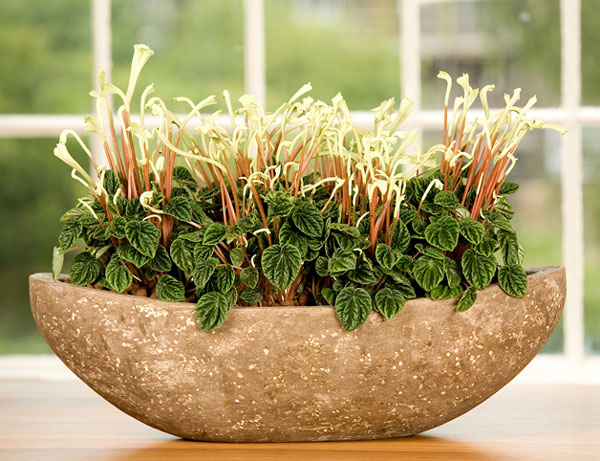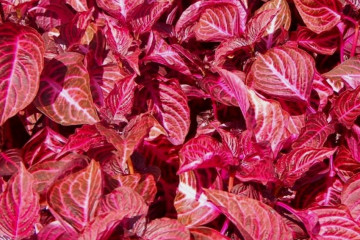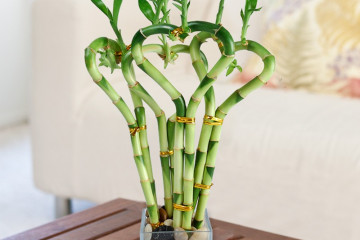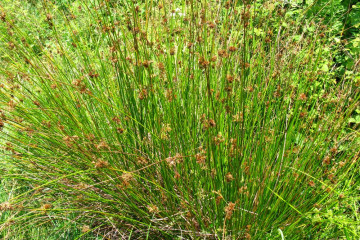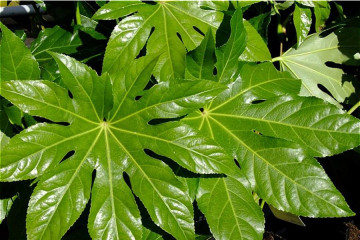Magnolialeaf peperomia - home care
Content:
Due to the difficulty in leaving, peperomia is not such a frequent guest in city apartments. However, given some of the nuances and peculiarities of the culture, you can achieve its presentable appearance for quite a long time.
Variety of species
Peperomia (Peperomia) belongs to the order of evergreen perennial plants of the Pepper family and has about 1100 species. Some of them bloom periodically, about 30 subspecies are grown as indoor plants. Almost all of them are native to the rainforests of South America.
The most common types of room peperomia are:
- Fragrant - with pinkish-green leaves.
- Nivali - resembles mini-palm thickets.
- Mountain - with cup-shaped, almost round leaves and nondescript peduncles.
Connoisseurs of everything unusual give preference to varieties:
- Wolfgang Crane - features a carved frame of greenery.
- Dolabriformis - the leaves of the flower are arranged in such a way that they resemble a large flower.
- Peperomia Hutchison is a bluish-gray, almost gray plant, somewhat similar to a marine life.
Peperomia Magnolialeaf is one of the representatives of the large Pepper family. The flower differs from its other counterparts in large, massive leaves, similar to the leaves of a magnolia, for which it received such a name. Their color is unusual, there are varieties with light green, dark green, even brownish shades, with various blotches, stripes and edging. The characteristic waxy coating adds brightness to the greenery. The stems are fleshy, rather dense.
The bush can reach a height of 30 cm. The flowers, however, resemble the flowering of an ordinary plantain. The culture fell in love with flower growers for the decorative foliage and the peculiarity of throwing into the air useful vapors of phytoncides - excellent helpers in the fight against pathogenic bacteria.
Caring for peperomia magnolialeaf at home
Taking care of a plant is not easy, so that the flower will delight you with freshness and a healthy appearance, you will have to make a lot of effort. Peperonia care features:
- Temperature conditions. Magnolia-leaved peperomia is an extremely thermophilic plant. It grows well at an average temperature of + 20 ... + 24 ° C, does not tolerate drafts and temperature changes. Such conditions lead to plant disease and growth inhibition.
- Lighting. Peperomia species with a light color of foliage are more demanding on lighting. They are placed closer to the window, but so that direct sunlight does not harm the flower. Owners of dark shades of greens tolerate shade well. However, with a lack of light, their shoots stretch out, and the foliage turns pale.
- Watering. In the summer, the culture needs moderate watering. To do this, use settled warm water. In the winter months, peperomia is even more limited in watering. The plant tolerates the lack of moisture in the pot better than its abundance.
- Requirements for air humidity. During the heating season, it is better to irrigate peperomia from a spray bottle 1-2 times a week.
- Top dressing.The plant is fertilized exclusively in the summer months, using standard formulations of dressings. Limited to once a month for 3 summer months. In exceptional cases, they resort to re-feeding (with depletion of the soil, weak growth).
- Pruning is practiced only if the bush sheds the lower leaves. By pinching the top in this case, you can achieve curvaceous shapes.
Growing magnolia-leaved peperomia from seeds
When growing, you should pay attention to the quality of the soil mixture. To do this, you can use a universal soil for ornamental plants, adding river sand with rape grains to it.
It is better to skip large containers and stick to small, shallow dishes. It is filled 2/3 with soil mixture, slightly compacted and moistened by spraying from a spray bottle. Seeds are sown from above. They are very small, so you need to distribute them as evenly as possible (less often). From above, the container is covered with glass and placed in a well-lit place, but covered from direct sunlight.
Constant temperature is one of the prerequisites. After 2-3 true leaves appear at the seedlings, the seedlings are transplanted into separate small pots.
Reproduction methods of peperomia
The plant can be propagated in several ways:
- Cuttings are the most commonly used method of breeding peperomia. The top of the shoots with several bud nodules is not broken out, but carefully cut off. The cut site is treated with Kornevin and placed in a prepared dish with moist soil mixture, which is covered with a transparent film. The container with the handle is kept in a well-lit place at a temperature of + 23 ... + 25 ° C. Once the root system is well developed, the seedling is moved to a small pot.
- Leaf propagation is also practiced. The method is similar to the previous one. The survival rate is lower, and the development of the root system takes several times longer.
- They resort to dividing the bush if it has grown too much. The lump is carefully dumped out of the pot, the individual roots are carefully separated from each other. Then they disinfect and sprinkle with crushed charcoal or ash. Each separated stalk is planted in a separate pot, not watered for about a week.
Plant transplant
If the plant was purchased from a store, you should see if the roots are peeking out of the drainage holes. If not, it is too early to replant. If deformed roots are found on the bottom of the pot, the flower must be urgently transplanted.
The need for transplantation in home peperomia is revealed by a deterioration in appearance: shredding of leaves, thinning of shoots. Perhaps the plant is thickened, the pot has become cramped, and the roots are looking for a way out, penetrating all the drainage holes.
The most favorable time for transplanting is spring. In winter, plants are transplanted only if absolutely necessary (for example, in case of illness).
A drainage layer (4-6 cm) is laid at the bottom of the pot (always with drainage holes): medium-sized stones, charcoal, dry moss. As the soil, they take either shop soil suitable for this category of flowers, or homemade - from equal parts of sod, ordinary garden soil and humus, with the addition of sand and peat. The last 2 components are taken in ½ part.
Pest and disease control
Unfortunately, diseases and pests do not bypass peperomia. The plant should be periodically inspected and, if necessary, taken action.
Frequent crop pests:
- Spider mite. The insect infects the plant, enveloping it with a fibrous, whitish coating. To get rid of the pest, the flower is thoroughly washed under warm running water, removing all signs of infection, then treated with any insecticidal preparation.
- Thrips. It feeds on plant sap. On detailed examination, small dry areas are visible on the leaves. On the reverse side, there are barely noticeable colonies of larvae. To cope with the parasite, the bush is washed well with soapy water, rinsed under a stream of warm water and sprayed with a special preparation.
- Mealybug. A rare parasite, but sometimes it can settle on peperomia. It is revealed by the presence of a large number of tiny insects on young shoots. You can get rid of it by treating it with an alcohol solution.
Diseases of peperomia:
- Rot. With stagnant moisture, the root system is affected by fungal infections, rots. The bush can only be saved by transplanting into healthy, loose soil.
- Blackening of the leaves. This is the result of a sharp drop in room temperature. With the normalization of temperature conditions, blackened leaves are replaced by healthy ones. The process is quite lengthy.
- Falling leaves. The main reason is the lack of moisture and the close location of the flower to heating devices. Correct the problem by normalizing watering and removing the flower from the battery.
- Rolling leaves. This is due to direct sunlight. The pot must be removed to a place with diffused light.
Fans of indoor floriculture with special trepidation and some irony refer to the amazing property of a flower to change the negative aura of the house into a positive one. It is not known how correct this information is, but the fact that peperomia is harmoniously combined with other house plants and "revives" the interior is a pure truth.
